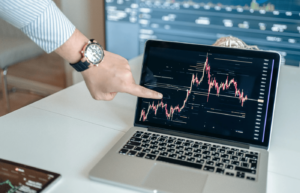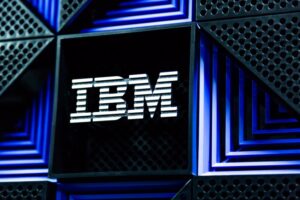The BYOD program was aimed at increasing device and user security, but ended up being just what was needed when the coronavirus pandemic struck.
When the Nebraska Medicine health system and the University of Nebraska Medical Center began a bring your own device (BYOD) initiative in June 2019, the effort didn’t immediately gain much traction. Only about 15% of the 14,000 eligible students, faculty, doctors, and administrative staffers were using it initially, even though they had been signed up automatically by the IT department.
But on March 16, when the deadly COVID-19 pandemic forced employees to begin working from home and students to start taking classes online, the once-floundering BYOD program helped make the transition seamless. Participation quickly soared to 90% as many more students, teachers, and administrative workers flocked to the system.
SEE: Coronavirus: Critical IT policies and tools every business needs (TechRepublic Premium)
For Nebraska Medicine, which includes the hospital and clinic health system, and for the University of Nebraska Medical Center, which includes the medical school and research, the BYOD program was seen in 2019 as a means of dramatically improving IT security and privacy. It was also viewed as a way to help both organizations deal with a worsening office and teaching space crunch by allowing more people to work or study from home to alleviate crowding on campus and in the medical center facilities.
Targeting and meeting those goals is now viewed as a serendipitous move that prepares both organizations for whatever is to come in the wake of the coronavirus, said Brian Lancaster, the CIO and vice president of IT for both groups. In hindsight, the initiative’s timing ended up being perfect.
“I’m a big believer in the idea that work is what you do, not where you go,” said Lancaster. “I needed to find a way to find space for 40% more people, so we looked at work-from-home and open space concepts. We also had the need for a more secure IT environment for personal devices using email and having network access.”
In the past, employees and students had been permitted to use their personal devices for their work and studies, but under the 2019 BYOD program, new security and compliance controls were made mandatory. To enable the formal BYOD effort, an all-new user portal was created and added last summer where students and employees can log in to access their educational content or work desktops to complete their tasks. Users are no longer allowed to use their personal devices if they don’t use the new portal.
The portal, called “The App Store” by Nebraska Medicine, was built using the VMware Workspace One digital workspace platform that allowed IT workers to create a remote computing environment for end users. Workspace One includes unified endpoint management, virtual desktop features and analytics capabilities, as well as secure application access for web users and mobile applications and devices. Also included are mobile device management capabilities for security and compliance. So far, some 17,000 devices are supported by the system, which allows the use of any devices.
“We can have the applications and the desktop in the portal and users can sign in and see their work computer and all the applications they have access to,” Lancaster said. “VMware worked with us last summer to build this portal out. The technology components from VMware were rock solid and took about a month to set up.”
Yet despite all the hoopla and features, the initiative failed to grow. “Everyone had it, but it wasn’t being utilized well until COVID-19,” he said. “You could have seen it as a failed IT project with a low adoption rate.”
How quickly that changed, however. After March 16, the existence of the nascent BYOD program allowed Nebraska Medicine to transition to work from home and learning from home in a heartbeat. What was once seen as a potentially disappointing initiative almost overnight became a successful project.
“It happened to turn out that it wasn’t a strategy, but that it became a requirement,” said Lancaster. “That was a huge win for us to allow us to keep teaching and learning. We were thinking about digital transformation. We wanted to work this way.”
Prior to March 16, the IT help desk was receiving about 100 help requests a week, said Lancaster. In the first week after March 16, the number of help requests soared to 600 as users need assistance with making the transition to doing their work from home. Today, the number of requests are down to about 300 per week and are expected to drop to about 100 a week soon.
SEE: Feature comparison: Help desk ticket management solutions (TechRepublic Premium)
Now that employees, teachers, and students are getting their work done from home, Lancaster said he sees long-term implications that it will continue long after the coronavirus pandemic ends.
“I think people will enjoy the benefits of remote work,” he said. “I don’t think we go back to where we were. I think we have an opportunity to access our physical offices in new ways and that it gives us new ways to do work, learn and provide patient care.”
Also see
The latest cancellations: How the coronavirus is disrupting tech conferences worldwide (TechRepublic)
The tech pro’s guide to video conferencing (TechRepublic download)
Coronavirus domain names are the latest hacker trick (TechRepublic)
COVID-19 demonstrates the need for disaster recovery and business continuity plans (TechRepublic Premium)
As coronavirus spreads, here’s what’s been canceled or closed (CBS News)
Coronavirus: Effective strategies and tools for remote work during a pandemic (ZDNet)
How to track the coronavirus: Dashboard delivers real-time view of the deadly virus (ZDNet)
Coronavirus and COVID-19: All your questions answered (CNET)
Coronavirus: More must-read coverage (TechRepublic on Flipboard)

Image: Getty Images/iStockphoto
Source of Article




